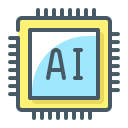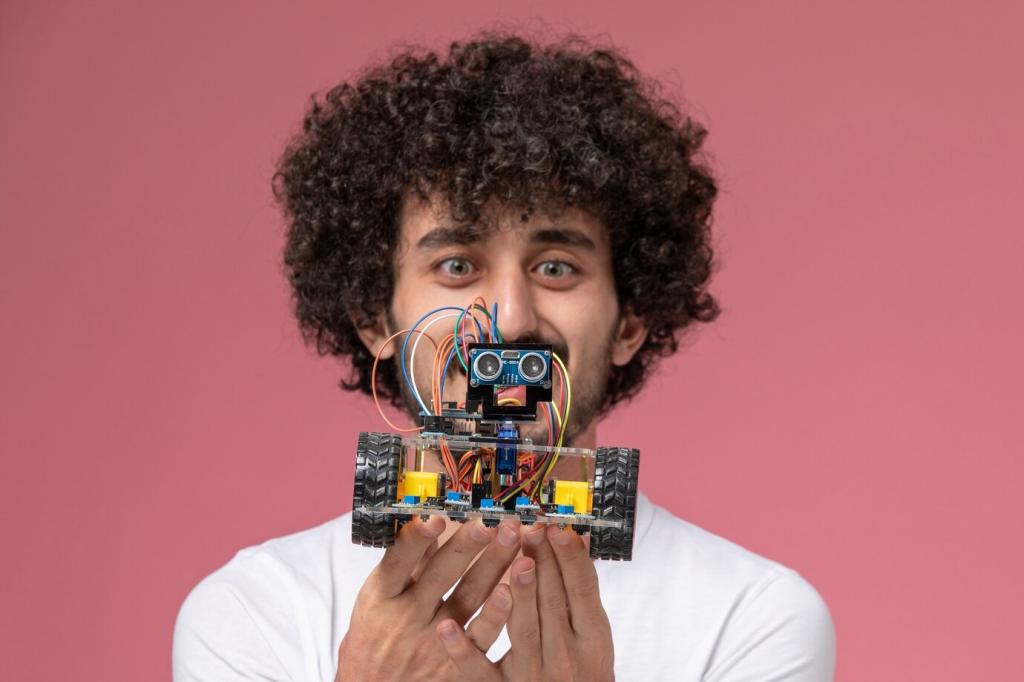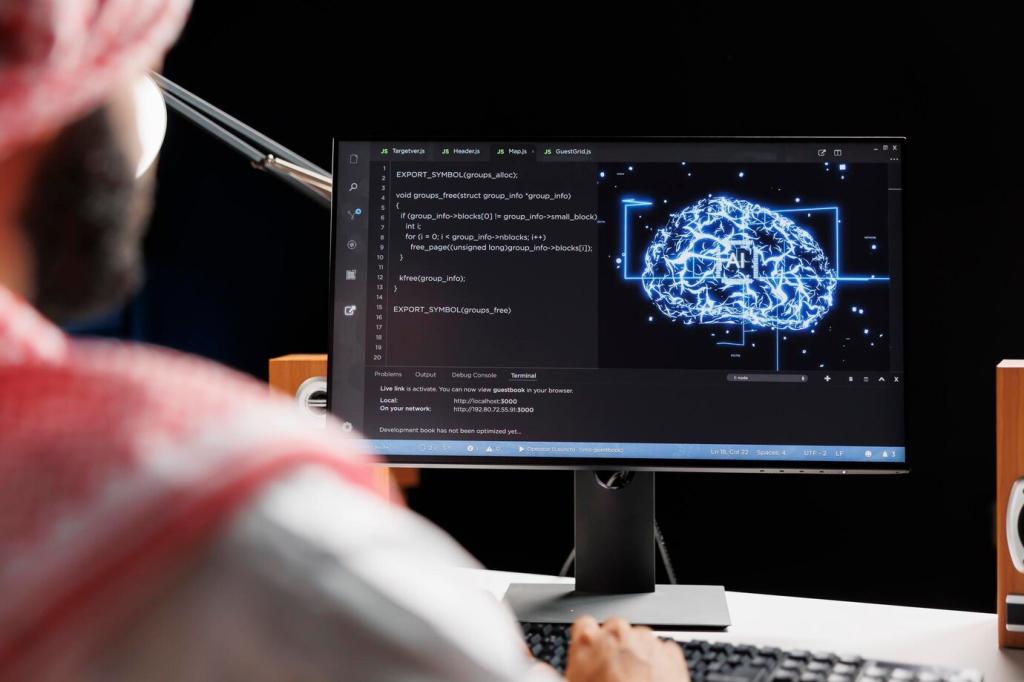Responsible AI: Basics You Shouldn’t Skip
If a résumé screener learned from biased histories, it may unfairly rank candidates. Combat bias by auditing data, testing across groups, and listening to affected people. Share a scenario you worry about; we’ll sketch practical checks that fit real constraints, not perfection fantasies.
Responsible AI: Basics You Shouldn’t Skip
Collect only what you need, protect it in transit and at rest, and consider techniques like anonymization or differential privacy. Think through misuse risks, not just ideal outcomes. Tell us your context—health, education, small business—and we’ll map beginner-friendly safeguards you can implement.






